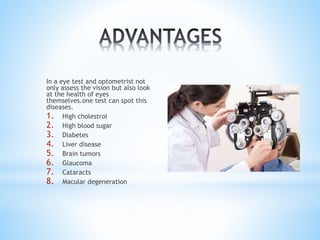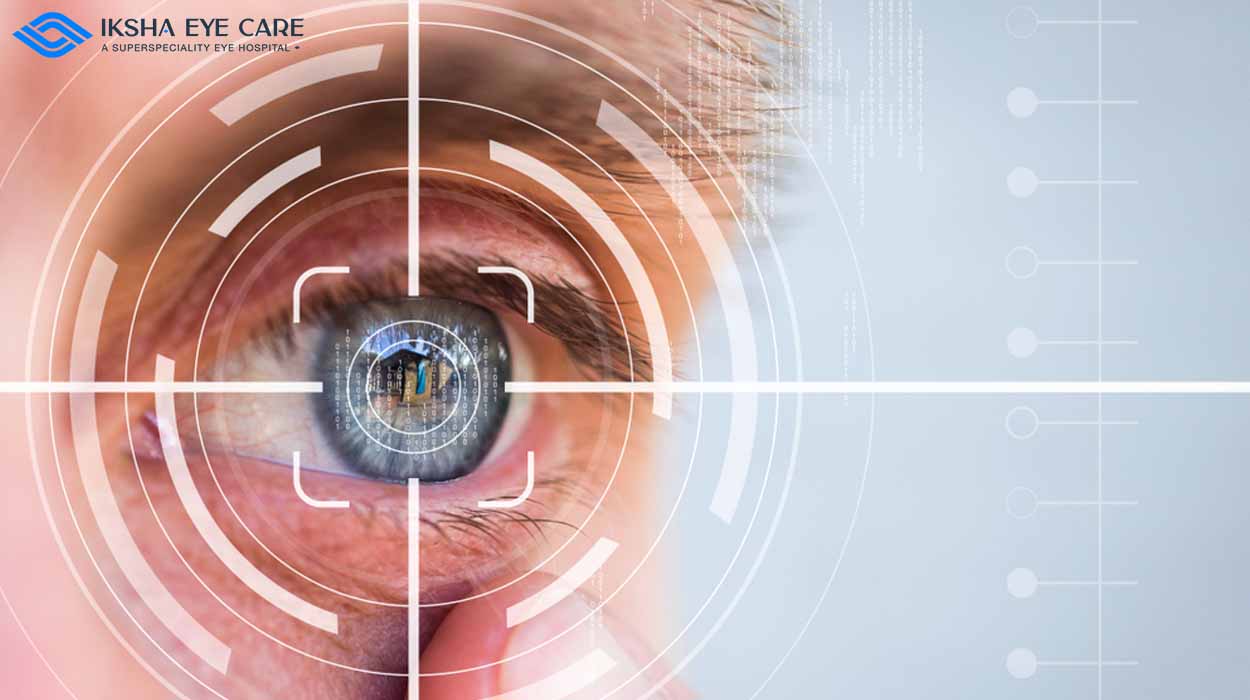The Function of Advanced Diagnostic Tools in Identifying Eye Disorders
In the realm of ophthalmology, the use of advanced analysis tools has revolutionized the early recognition and administration of various eye conditions. As the need for accurate and timely medical diagnoses proceeds to grow, the integration of sophisticated tools like optical coherence tomography and visual area testing has ended up being crucial in the realm of eye treatment.
Importance of Early Diagnosis
Early medical diagnosis plays a crucial function in the efficient administration and treatment of eye problems. By identifying eye problems at a very early stage, healthcare service providers can offer suitable treatment strategies customized to the particular problem, inevitably leading to much better results for clients.

Technology for Discovering Glaucoma
Innovative analysis modern technologies play an essential role in the early detection and surveillance of glaucoma, a leading reason of irreparable loss of sight worldwide. An additional sophisticated tool is visual field testing, which maps the sensitivity of an individual's aesthetic area, aiding to identify any kind of locations of vision loss characteristic of glaucoma. These advanced diagnostic tools enable ophthalmologists to identify glaucoma in its very early phases, permitting for prompt intervention and better administration of the condition to protect against vision loss.
Duty of Optical Comprehensibility Tomography

OCT's capability to quantify retinal nerve fiber layer density permits for accurate and objective dimensions, helping in the early discovery of glaucoma even before aesthetic field defects come to be noticeable. OCT technology permits longitudinal surveillance of architectural adjustments over time, assisting in personalized therapy plans and prompt interventions to help protect clients' vision. The non-invasive nature of OCT imaging additionally makes it a favored selection for monitoring glaucoma progression, as it can be duplicated routinely without creating pain to the client. Overall, OCT plays a vital role in enhancing the diagnostic precision and management of glaucoma, inevitably adding to much better end results for individuals at risk of vision loss.
Enhancing Diagnosis With Visual Area Screening
A vital part in detailed ophthalmic assessments, aesthetic area screening plays a critical function in boosting the diagnostic process for different eye disorders. By analyzing the full degree of an individual's aesthetic area, this test provides critical information concerning the useful honesty of the whole aesthetic path, from the retina to the aesthetic cortex.
Visual area screening is specifically valuable in the diagnosis and administration of conditions such as glaucoma, optic nerve disorders, and various neurological diseases that can affect vision. Through quantitative measurements of outer and main vision, medical professionals can identify refined modifications that may suggest the presence or development of these problems, even before obvious signs and symptoms happen.
Moreover, visual area screening permits the monitoring of therapy effectiveness, helping eye doctors tailor therapeutic treatments to private people. eyecare near me. By tracking modifications in visual area performance over time, doctor can make educated decisions regarding adjusting drugs, suggesting medical interventions, or implementing various other suitable measures to look at this web-site maintain or enhance a client's aesthetic feature
Managing Macular Deterioration

Final Thought
To conclude, progressed diagnostic tools play a crucial function in identifying eye disorders early. Technologies such as Optical Comprehensibility Tomography and aesthetic field testing have actually try these out significantly boosted the precision and efficiency of identifying problems like glaucoma and macular deterioration. Early discovery permits timely intervention and administration of these problems, inevitably leading to better results for individuals. It is vital for health care experts to stay updated on these advancements to offer the most effective possible look after their patients. eyecare near me.